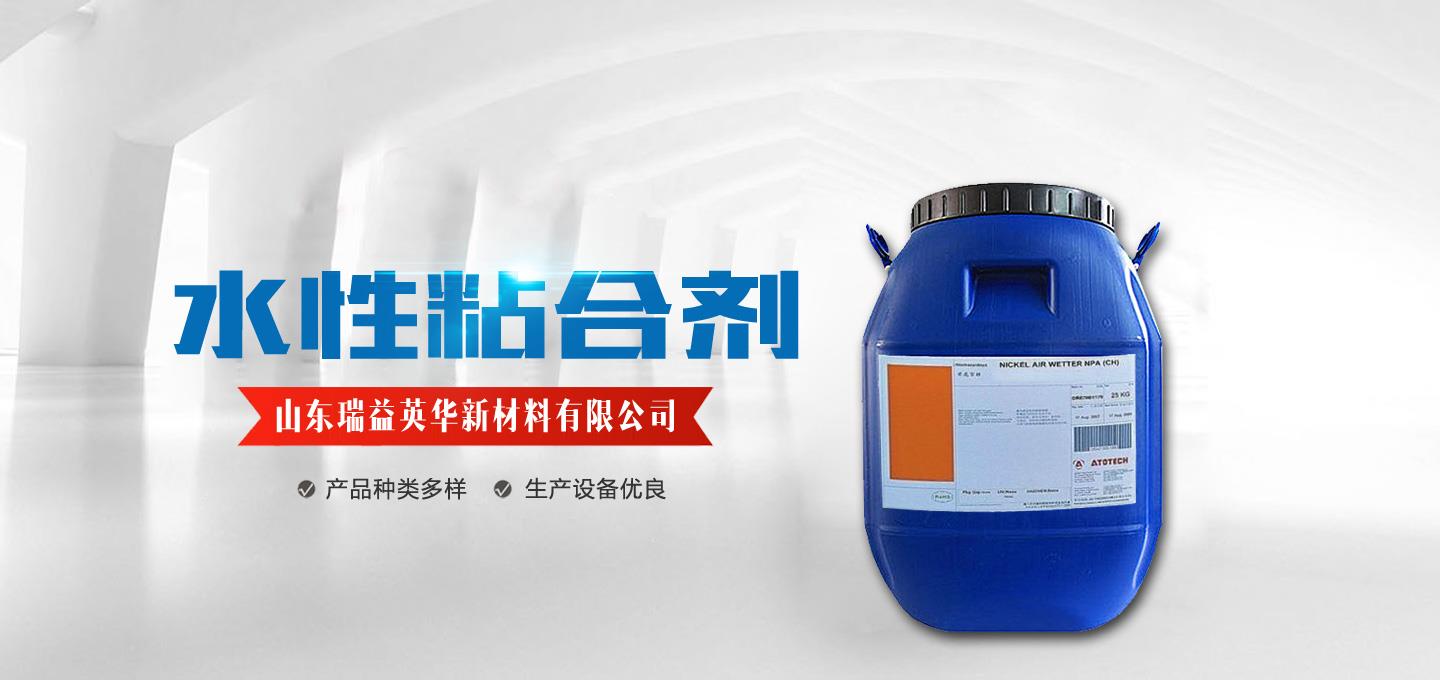0010010 nbsp; 0010010 nbsp; Aluminized film adhesive refers to the adhesive of PET and coated paper. Generally, the PET non-aluminized surface is coated with glue after being glued.
Aluminium-plated film compound adhesive is generally water-based acrylate polymerization emulsion. Strong adhesion to PET is required.
In order to increase the operability of the aluminum-plated film adhesive, leveling agents, defoamers and other additives are generally added.
Use process and matters needing attention:
1, clean the compound machine, pour the glue into the glue storage tank for recycling or add it directly into the glue tank. The temperature in the drying tunnel is 70-95 ℃, and the running speed is about 30 — 50 m / min.
2. 、 The amount of glue 5 — 10 grams per square meter, the air humidity is 2 5 degrees 60%, the paper humidity is {{ 5}} — 20%; the amount of DL-BZX aluminum-plated film compound adhesive is 7 grams per square meter.
3. The remaining glue on both ends of the rubber roller is rolled for a long time, and after curing, it enters the glue tank, and the rubber roller is brought, which may cause the composite cardboard to have fine particles with irregular sizes. In order to reduce this phenomenon, circulating glue should be used, and the suction head of the circulating pump should be tied with a nylon filter cloth of about 200 mesh, so that the glue liquid can be used after filtering.
4. When the boot time is long, if there are too many bubbles in the glue tank, it may cause a partial lack of glue in the rubber roller. Use the defoamer of our factory to spray and defoam or add it to mix and use.
5. In wet weather, the humidity is too high, and the curing speed of the glue is slow. You can reduce the machine speed or increase the temperature of the drying tunnel to adjust it.
6. If the four corners of composite cardboard are raised, it may be because the amount of glue applied is too high, resulting in too much shrinkage stress of the glue layer. Or because of the high moisture content of the cardboard itself, it should be properly controlled.

Related News
- How to choose a better quality glue
- What are the characteristics and precautions of window glue?
- What are the uses of aluminum foil tape?
- What should be paid attention to when using water-based varnish?
- What are the advantages of water-based varnish?
- Common faults and solutions of water-based varnish
- What factors affect the gloss of water-based varnish
- Reasons and solutions for spotting of aluminum coating film glue
- Why does the internal stress of the glue cause displacement of the compounding of the aluminized film glue?
- Brief introduction of aluminum foil adhesive
- Attention to the use of water-based varnish
- The problem and solution of the low fastness of paste box glue
- Where is water-based varnish better than solvent-based varnish
- How to change the hardness of laser film glue
- Acrylic emulsion court features and characteristics
- What are the characteristics of laser film glue
- On the thickening method and principle of acrylic emulsion
- How do we choose water-based varnish
- Method for measuring the viscosity of acrylic emulsion
- Full analysis of hardcover mounting glue


